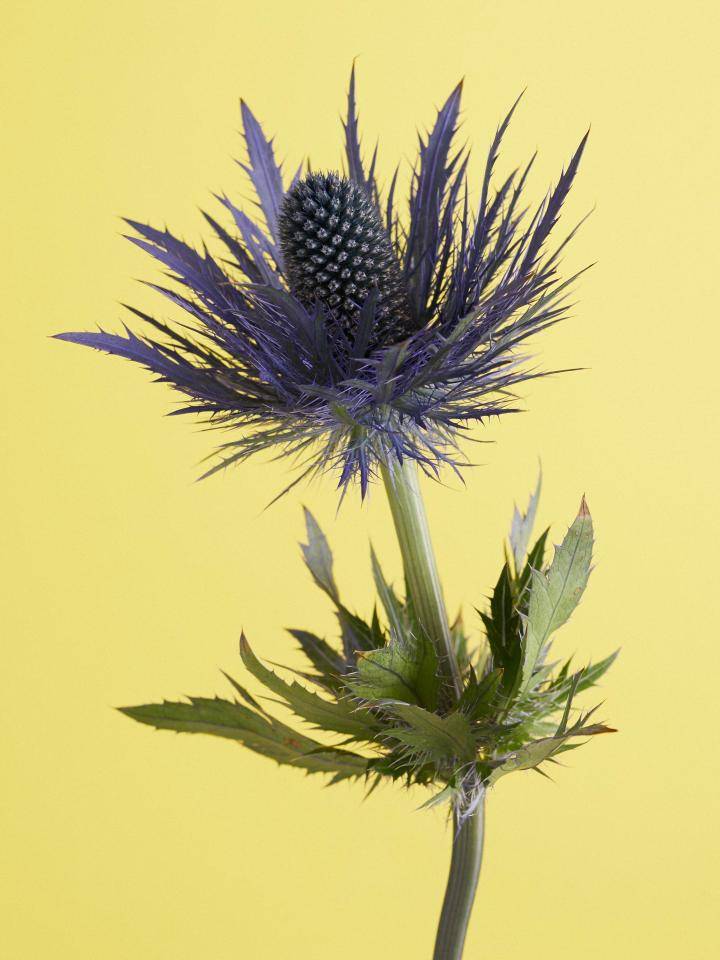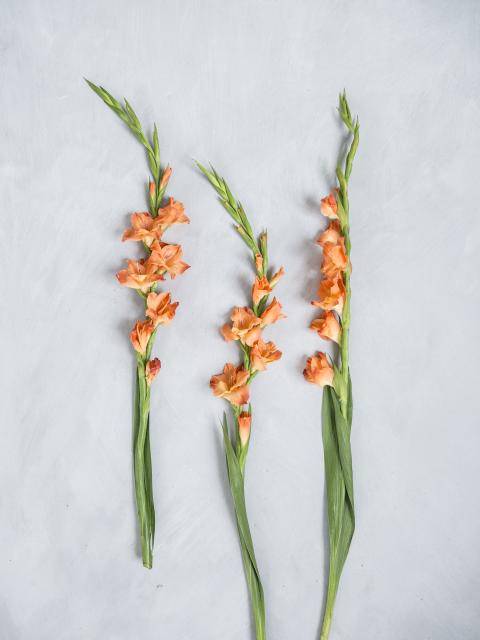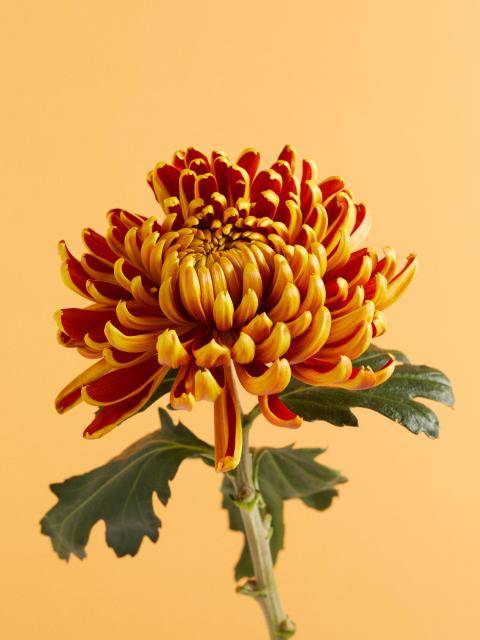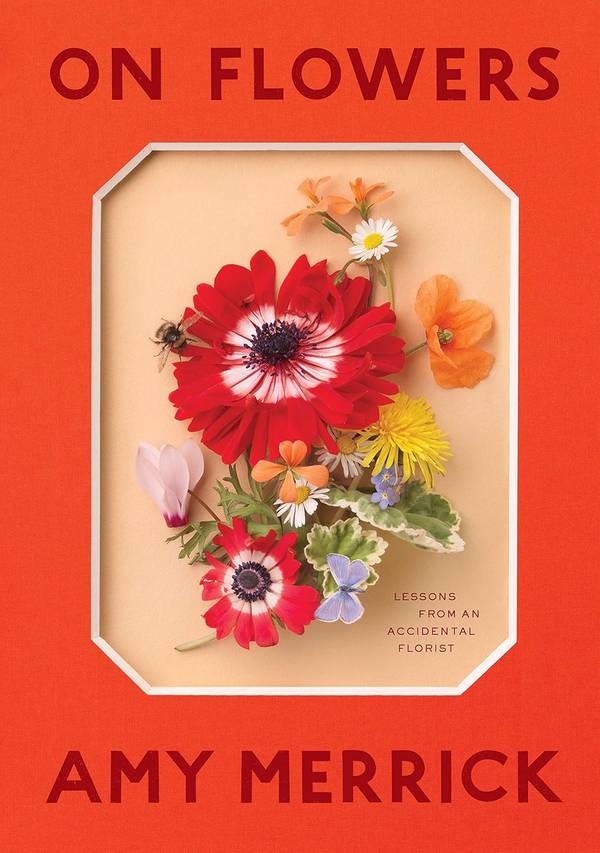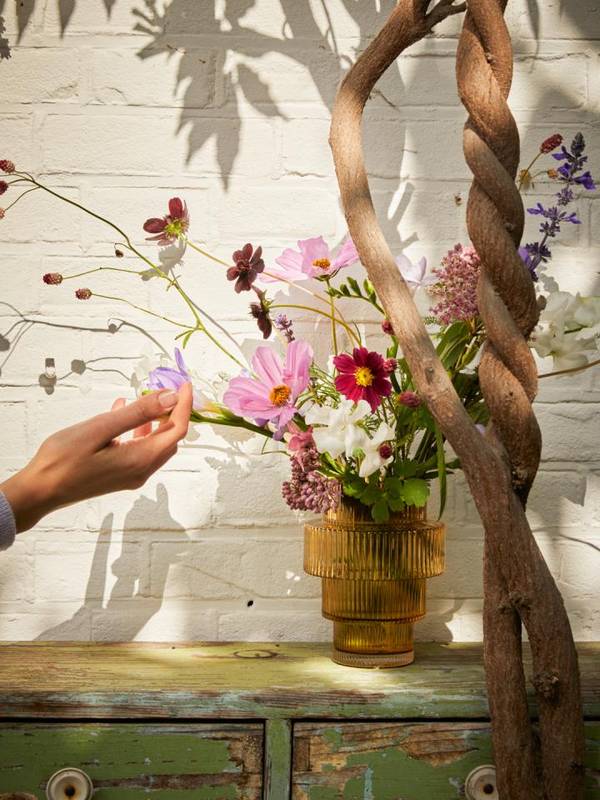
Care
- Make sure you have a clean vase, fill it with tap water and add cut flower food.
- Cut the stems diagonally with a sharp knife.
- Make sure that no leaves are hanging in the water, as they will rot.
- Change the water regularly to prevent bacterial growth.
- Do not place the vase in direct sunlight, near a heater, in a draught or near a fruit bowl.
- Thistles are very suitable for drying. Cut the flowers (with stem) when they are in full bloom and hang them upside down in a dry place.
Colours and shapes
The blue thistle, with its tough and gentle character, is a striking bloomer. There are various types of blue thistle. As the name suggests, all varieties are characterised by blue to purple flower heads. The stem of the blue thistle can reach a height of 40-70 cm. The flower is easy to combine with other cut flowers and turns any bouquet into a lavish party!

Symbolism
You could say that the thistle symbolises life. The combination of the soft flower core and the spiky leaves shows that life has both happy and sad periods. Traditionally, the thistle has been praised for its medicinal properties in, among other things, skin disorders, coughs and infections.
Origin
Blue thistle belongs to the umbellifer family, also known as Apiaceae. The flower occurs in all regions with a temperate climate, but the greatest diversity of species can be found in Mexico, Brazil and Argentina.
